The risk of spreading many gastrointestinal diseases through endoscopy
Flexible endoscopy helps doctors detect many digestive diseases, but can increase the risk of HP infection, hepatitis B virus... if the scope is not disinfected properly.
Doctor, Dr. Vu Truong Khanh (Head of Gastroenterology Department, Tam Anh General Hospital, Hanoi) said that in Vietnam, stomach cancer and colon cancer are two of the five most common types of cancer. Endoscopy is the most optimal method of screening for these two cancers. Flexible endoscopic technique with magnifying endoscope technology M-NBI narrow light band (Magnifying NBI) helps doctors clearly see the tissue and mucosa in the digestive tract. Based on the images with hundreds of times magnification, the doctor can diagnose the disease, accurately assess the condition of the lesion, remove polyps, biopsy samples, check for HP bacteria and screen for cancer. early gastrointestinal tract. Endoscopic anesthesia is considered a safe method, without causing discomfort to the patient.
However, infection control during cleaning, disinfection, and storage of endoscopes does not guarantee an increased risk of many gastrointestinal diseases from person-to-person infection. Some reports have recorded that there are many types of microorganisms that cause endoscope-mediated diseases such as HP bacteria, tuberculosis bacilli, blue pus bacilli, E.coli, typhoid, hepatitis B and C viruses.. .. This infection can be dangerous because some bacteria are already resistant to drugs.
Vietnam has a high rate of HP infection. In which, there are some cases that progress to stomach ulcers and stomach cancer. This bacteria lives in the mucous layer of the stomach lining and produces urease, which destroys the mucosal wall, causing stomach ulcers.
The risk of HP infection can be through eating or drinking such as food or drinking water contaminated with HP, not washing hands when going to the toilet, can be transmitted through an intermediary route such as flies, cockroaches due to food that is not preserved or covered. cover or faeces when hands are not washed or in water. Dr. Khanh said that during endoscopy, if the endoscope is not disinfected and stored properly, it can spread HP bacteria from infected people to uninfected people.
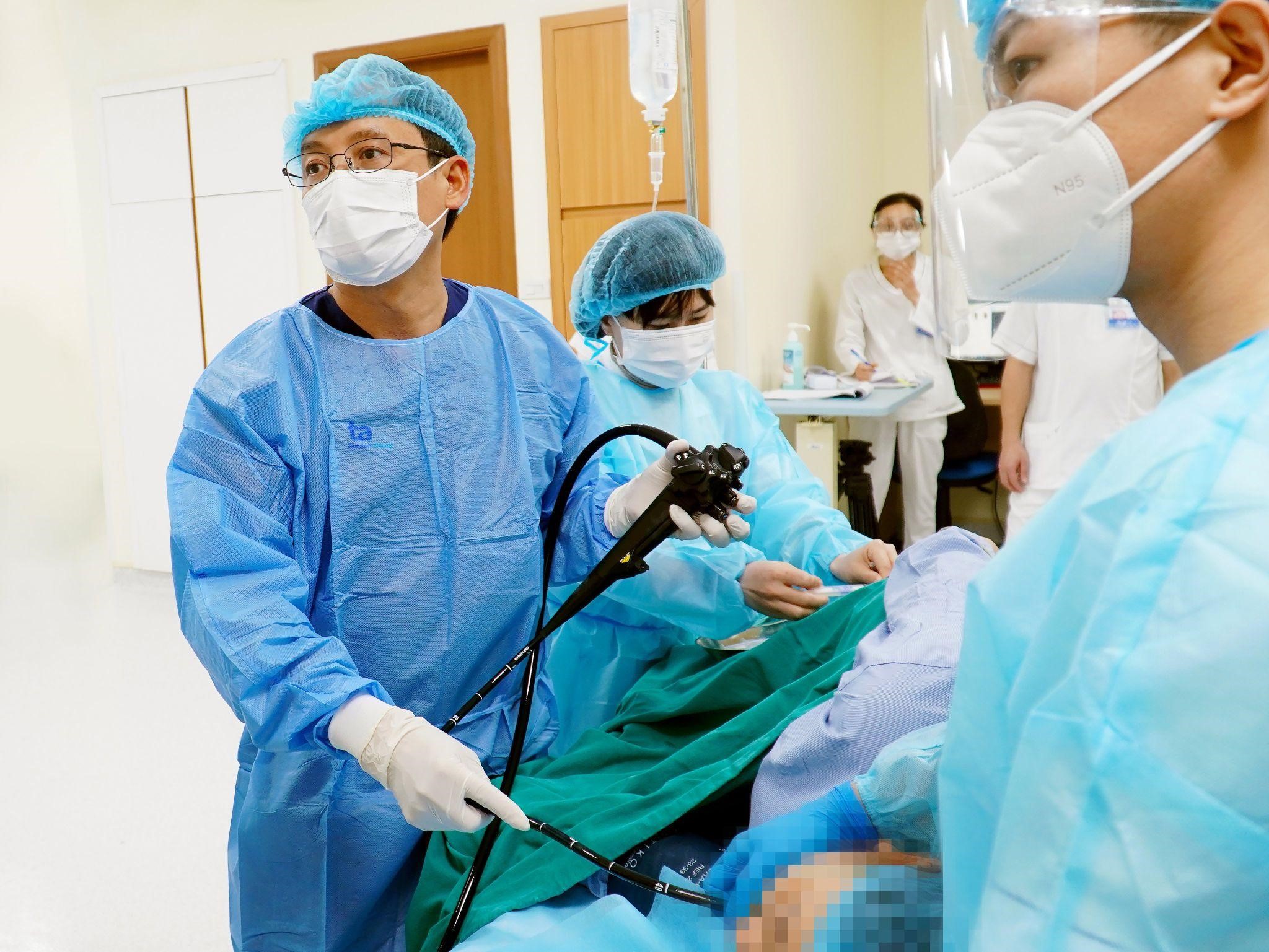
Hepatitis B virus can also be transmitted when the scope is not properly disinfected. According to Dr. Khanh, hepatitis B is common in our country, a dangerous disease because patients often do not know they have been infected. Symptoms of the disease are atypical. Hepatitis B virus entering the body will cause liver function decline. When the disease turns into a chronic stage and is not managed according to the doctor's regimen, the patient may experience many dangerous complications such as cirrhosis, acute liver failure, and liver cancer.
Dr. Khanh added, the causes of infection through endoscopy include objective and subjective causes. The objective reason is that patients assigned to endoscopy are overloaded at many hospitals, and endoscopic equipment is lacking. Subjective causes due to reduced cleaning and disinfection procedures: failure to check for leaks after each endoscopy, insufficient sterilization time. This happens depending on the awareness of the person cleaning and disinfecting the tools as well as the supervision of the implementing unit.
According to the American Society of Gastroenterology, if the sterilization process is safe, the infection rate due to the endoscope is only about one case for 1.8 million procedures. Master, Doctor Nguyen Thi Thanh Khuong (Head of the Department of Infection Control) said that infection control in gastrointestinal endoscopy is a very important factor determining the safety of patients during the detection and treatment process. cure. For example, Tam Anh General Hospital invests in a system of washing and disinfecting machines for the endoscope of the Japanese company Olympus, a Korean endoscopic storage cabinet that can keep the endoscope clean and safe for 72 hours. Medical staff at the hospital are trained in infection control, implementing and implementing the correct procedures so that patients do not spread diseases during endoscopy.
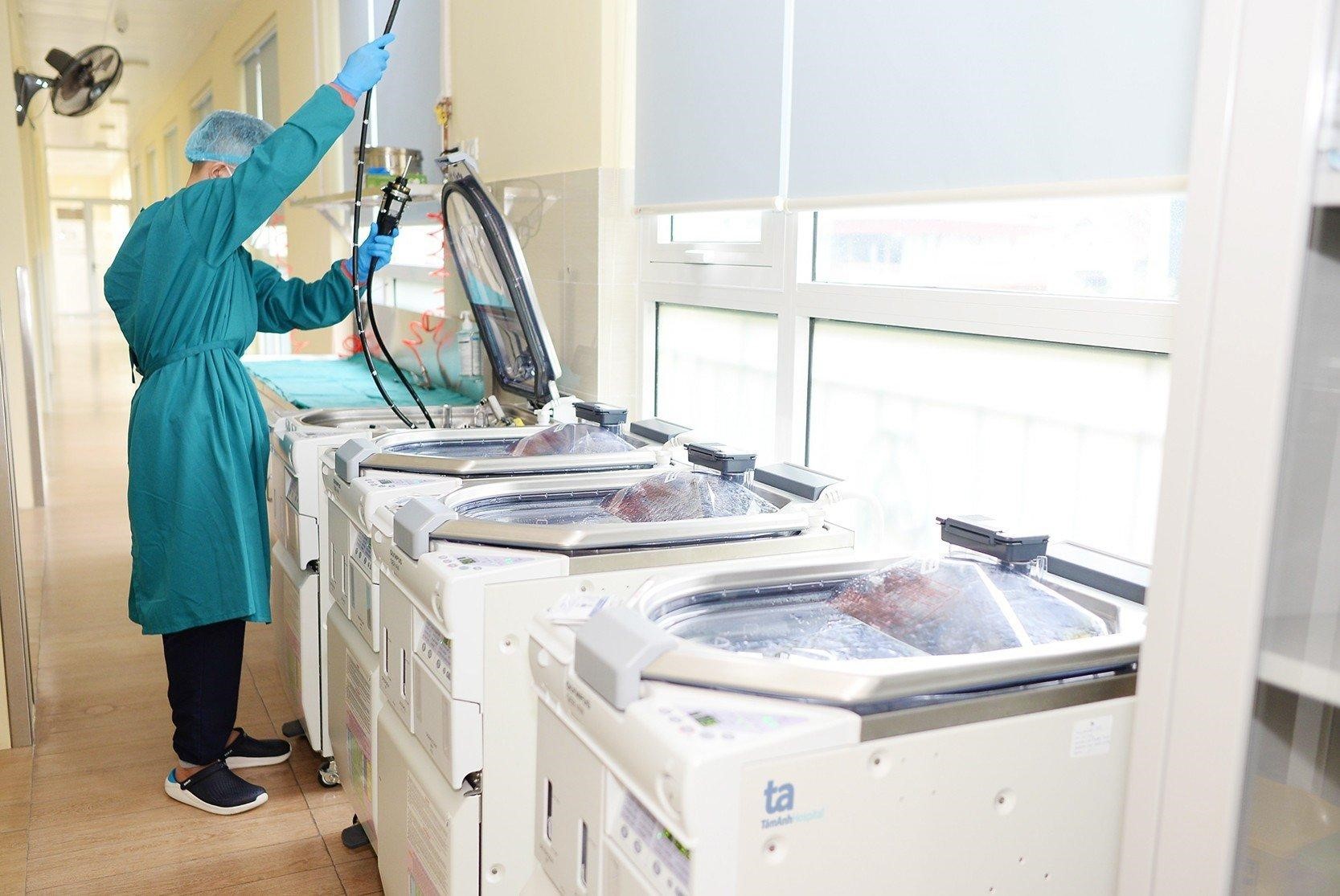
After using the endoscope, the medical staff cleans according to the following procedure: spot treatment, leak test of the bronchoscope after each endoscope to make sure the bronchoscope is not punctured, clean and finally place the instrument into the automatic washing and disinfecting machine system with a time of 21 minutes. After the machine has been safely disinfected, it will be stored in a cabinet with an automatic drying and sterilization system. The steps in the cycle are executed one by one. Medical staff cannot skip any important steps or arbitrarily shorten the process to minimize the risk of infecting the next patient.
* SOURCE: https://vnexpress.net/nguy-co-lay-nhieu-benh-duong-tieu-hoa-qua-noi-soi-4613926.html









 Facebook
Facebook
 Tweet
Tweet
 Zalo
Zalo




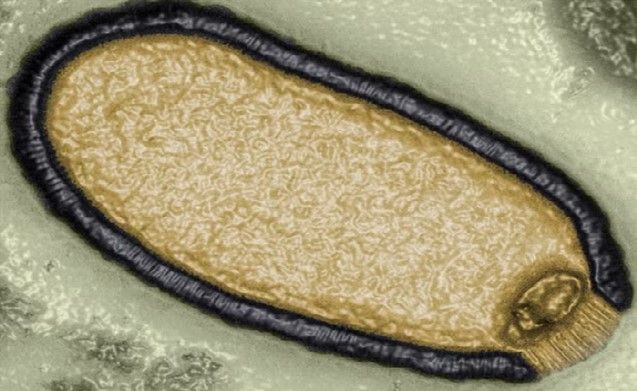
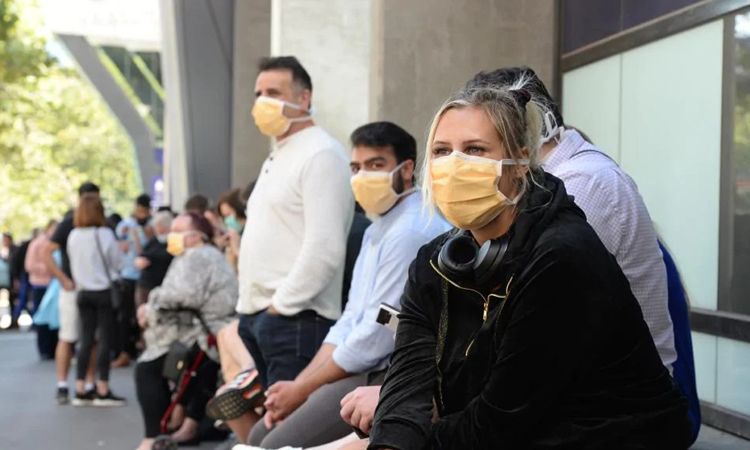
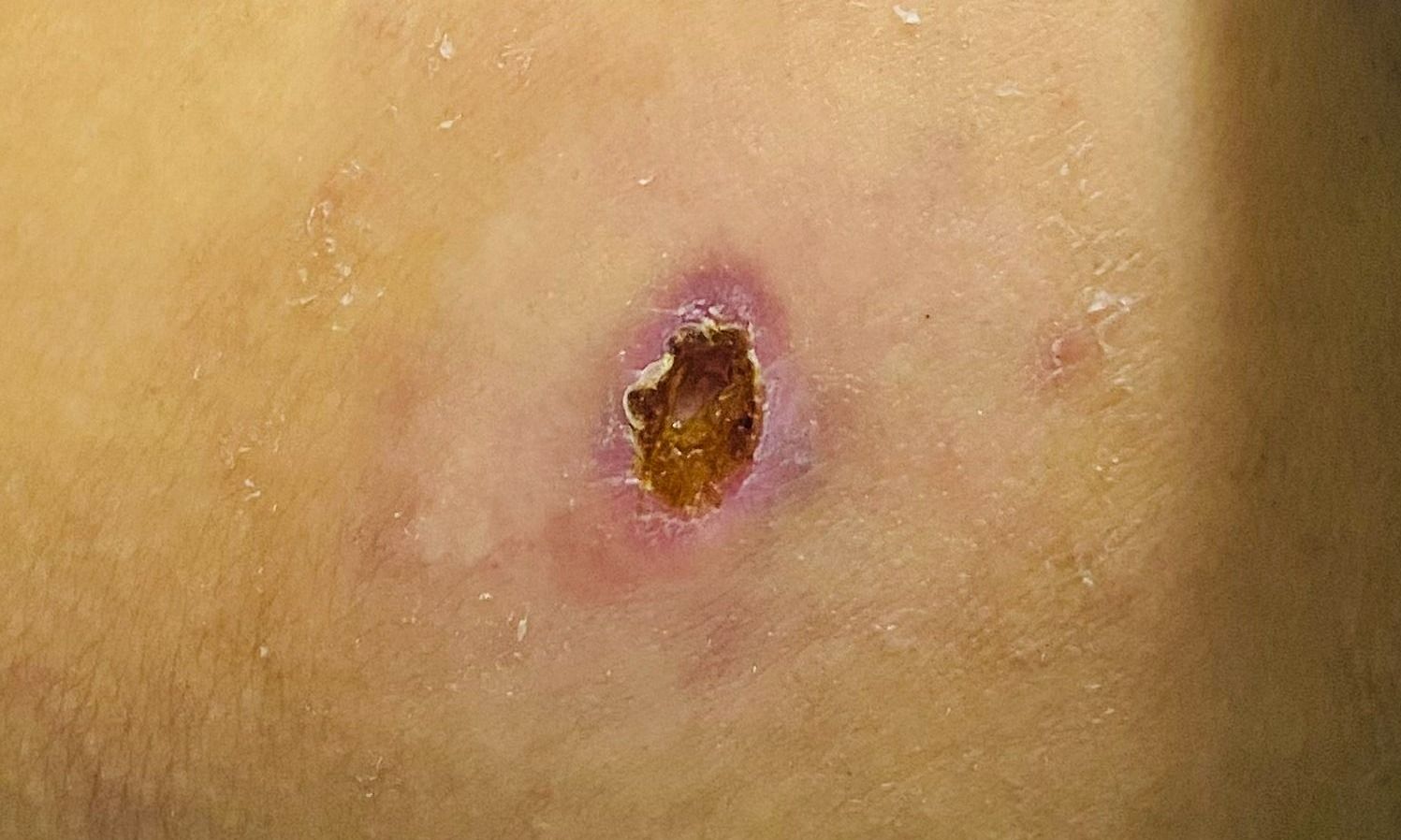
 News
News

















 Sign in with Facebook
Sign in with Facebook
 Sign in with Google
Sign in with Google